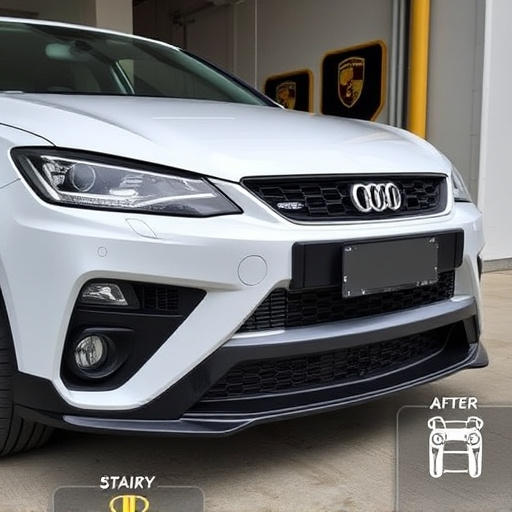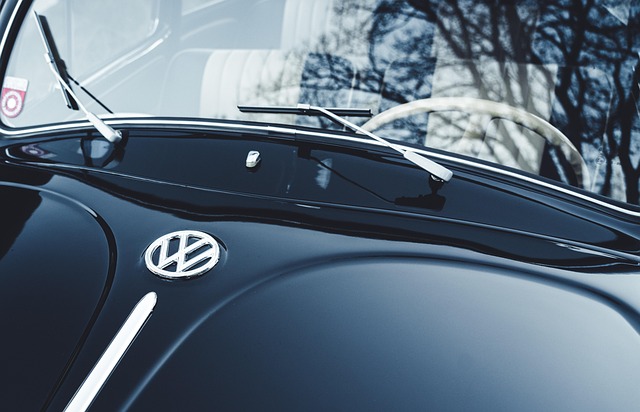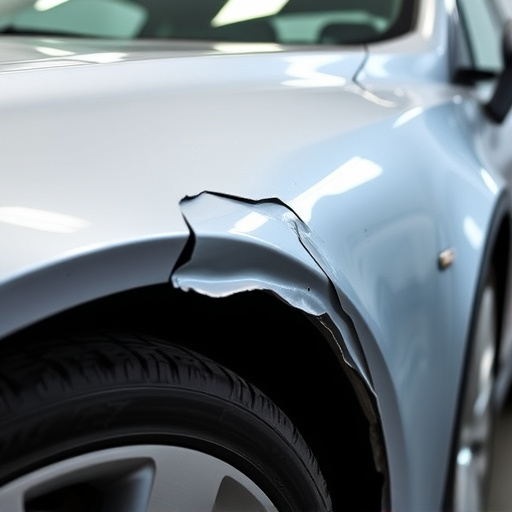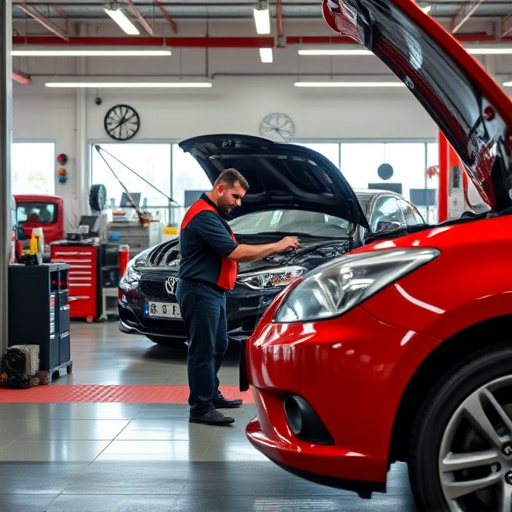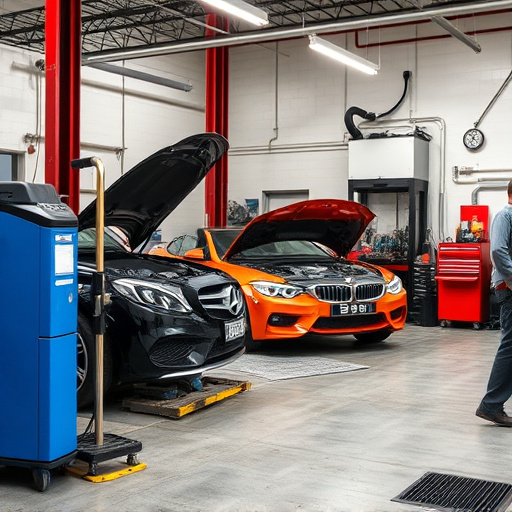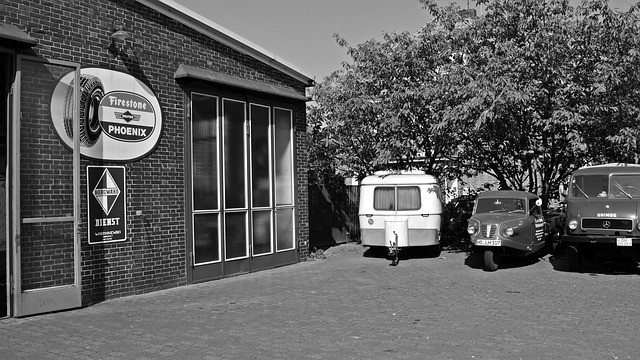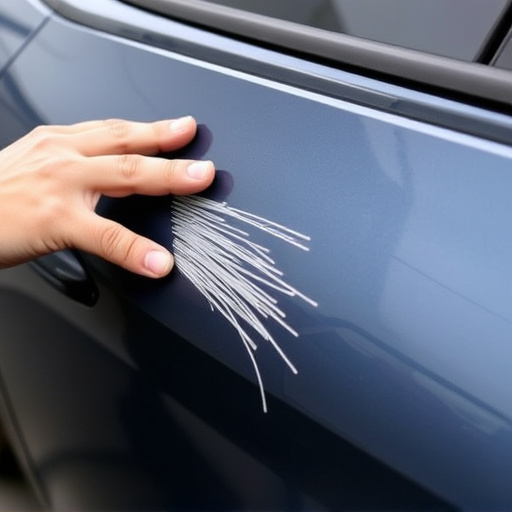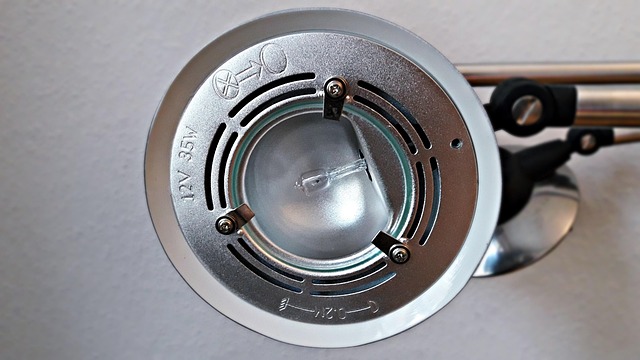Aftermarket auto glass provides cost savings and specialized parts but may compromise safety and fitment compared to OEM (original equipment manufacturer) glass. While easily accessible, its potential drawbacks include reduced structural integrity, improper sealing, and lack of advanced features. Collision repair centers recommend OEM glass for superior safety, fit, and finish, aligning with manufacturer specifications. Weighing both benefits and drawbacks is crucial when considering aftermarket auto glass.
When your car’s windshield or windows need replacement, auto shops often present options, including original equipment manufacturer (OEM) and aftermarket glass. While OEM glass guarantees quality, some drivers opt for aftermarket alternatives due to cost savings and unique styles. However, auto shops sometimes recommend against aftermarket glass due to concerns over safety, fit, and warranty validity. This article explores these considerations, helping you understand when to choose aftermarket auto glass and when to stick with original equipment.
- Understanding Aftermarket Auto Glass: The Basics and Benefits
- Reasons Why Auto Shops Might Advise Against Aftermarket Glass
- Weighing the Pros and Cons: Making an Informed Decision
Understanding Aftermarket Auto Glass: The Basics and Benefits
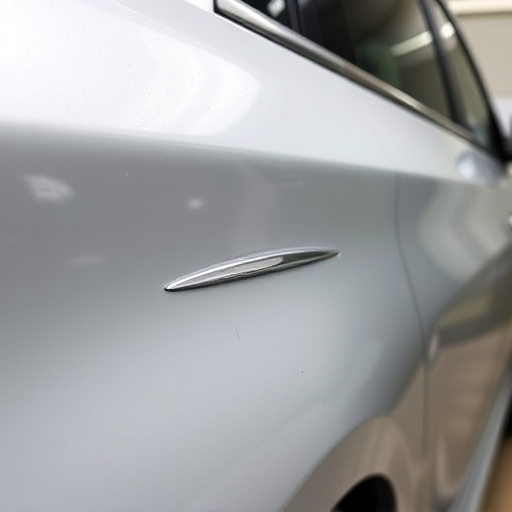
Aftermarket auto glass refers to replacement automotive glass components that are not produced by the original equipment manufacturer (OEM). While they may seem like a cost-effective alternative, there’s more to consider than just price tags. Aftermarket glass is often made from similar materials but may lack the precision engineering and safety standards of OEM glass. This can lead to issues with fitment, structural integrity, and even visibility during driving.
The basics of aftermarket glass involve its availability across various brands and prices, making it easily accessible for many vehicle owners. Benefits include potential savings on repairs, faster installation times in some cases (like paintless dent repair), and the convenience of finding specialized parts for older or rare models. However, when considering aftermarket auto glass, it’s crucial to balance these advantages with potential drawbacks, especially regarding safety and long-term reliability, particularly for critical components like windshields.
Reasons Why Auto Shops Might Advise Against Aftermarket Glass
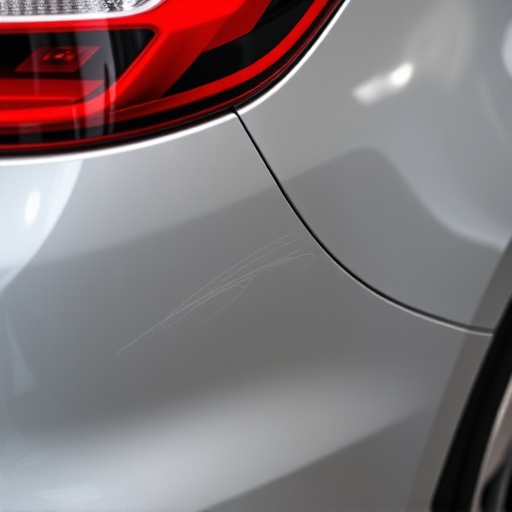
Auto shops often recommend against using aftermarket auto glass for several valid reasons. One significant concern is quality and safety. Aftermarket glasses may not meet the same strict industry standards as original equipment (OE) glass, which could compromise the structural integrity of a vehicle during a collision. This is particularly critical for window safety systems that help protect occupants in case of an accident.
Moreover, installation techniques can vary between aftermarket and OE glass, impacting overall car damage repair and body repair processes. Improperly installed glass might not seal correctly, leading to water intrusion and potential corrosion over time. Many collision repair centers prioritize customer safety and vehicle performance, which is why they advocate for OE glass to ensure a seamless and secure fit, contributing to the overall effectiveness of their services in these facilities.
Weighing the Pros and Cons: Making an Informed Decision
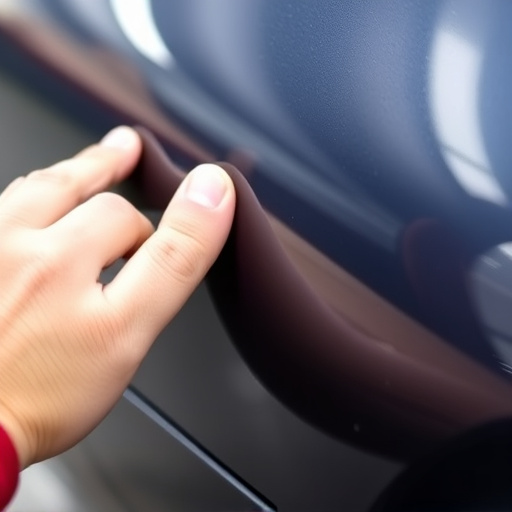
When considering aftermarket auto glass for your vehicle, it’s crucial to weigh both the potential advantages and drawbacks before making a decision. While aftermarket glass can be more affordable than OEM (original equipment manufacturer) glass, it may not always meet the same rigorous safety standards set by car manufacturers. Aftermarket glass might lack advanced features like laminating layers or impact-resistant coatings that are standard in many modern vehicles, potentially compromising your safety during an accident.
Moreover, installing aftermarket glass could affect the overall fit and finish of your car’s interior and exterior. A poorly fitted windshield or side windows can lead to rattles, vibrations, or even water leakage, impacting your driving experience and vehicle value. On the other hand, a trusted collision repair center offering high-quality collision repair services understands these concerns and advocates for using OEM glass whenever possible, ensuring that repairs align with the manufacturer’s specifications and enhancing the overall car body restoration process.
Aftermarket auto glass can offer significant benefits, such as cost savings and quick availability. However, auto shops often advise against its use due to quality concerns and potential safety risks. When considering aftermarket glass, it’s crucial to weigh the pros and cons, ensuring it meets industry standards and complies with safety regulations. Making an informed decision involves thorough research and possibly seeking expert opinions to guarantee both performance and peace of mind on the road.
